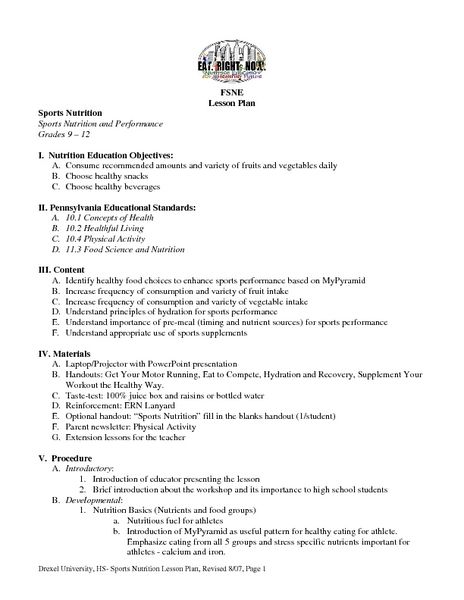The Importance Of Nutrition For Athletes

The food we eat impacts on our strength training performance and recovery.
The importance of nutrition for athletes. According to livestrong healthy fats can give endurance athletes up to 75 percent of their energy. Carbohydrates are often talked about as the most important foods one can eat in preparation for an event. Your body can lose several liters of sweat in an hour of vigorous exercise. Benefits of sports nutrition enables you to train longer and harder delays onset of fatigue maintains a healthy immune system enhances performance improves recovery improves body composition reduces potential of injury helps with focus and concentration.
At the most basic level nutrition is important for athletes because it provides a source of energy required to perform the activity. Athletes need more calories than the average person and of course it s important for athletes to ensure those calories are the right mix carbohydrates proteins and fat she says. The foundation of nutrition for athletes dardarian says is getting enough calories to build muscles and endurance. Clear urine is a good sign that you have fully rehydrated.
While carbs are important proteins and healthy fats are equally vital in preparing the body. Water and fluids are essential to keep the body hydrated and at the right temperature. Water is an important nutrient for the athlete. Proper nutrition has been shown to aid in improving mental and physical performance two components that are vital for esports.
Water loss during an athletic event varies between individuals. Water is the most important yet overlooked nutrient for athletes. It is important for athletes to maintain a normal weight to achieve optimum health and performance. Sweat loss can be tracked by measuring weight immediately before and after exercise.
To get the most out of your gameplay i m going to discuss the importance of nutrition for esports athletes. According to the american college of sports medicine the best types of foods for athletes are green leafy and high fiber vegetables fruits legumes and whole grains.


















